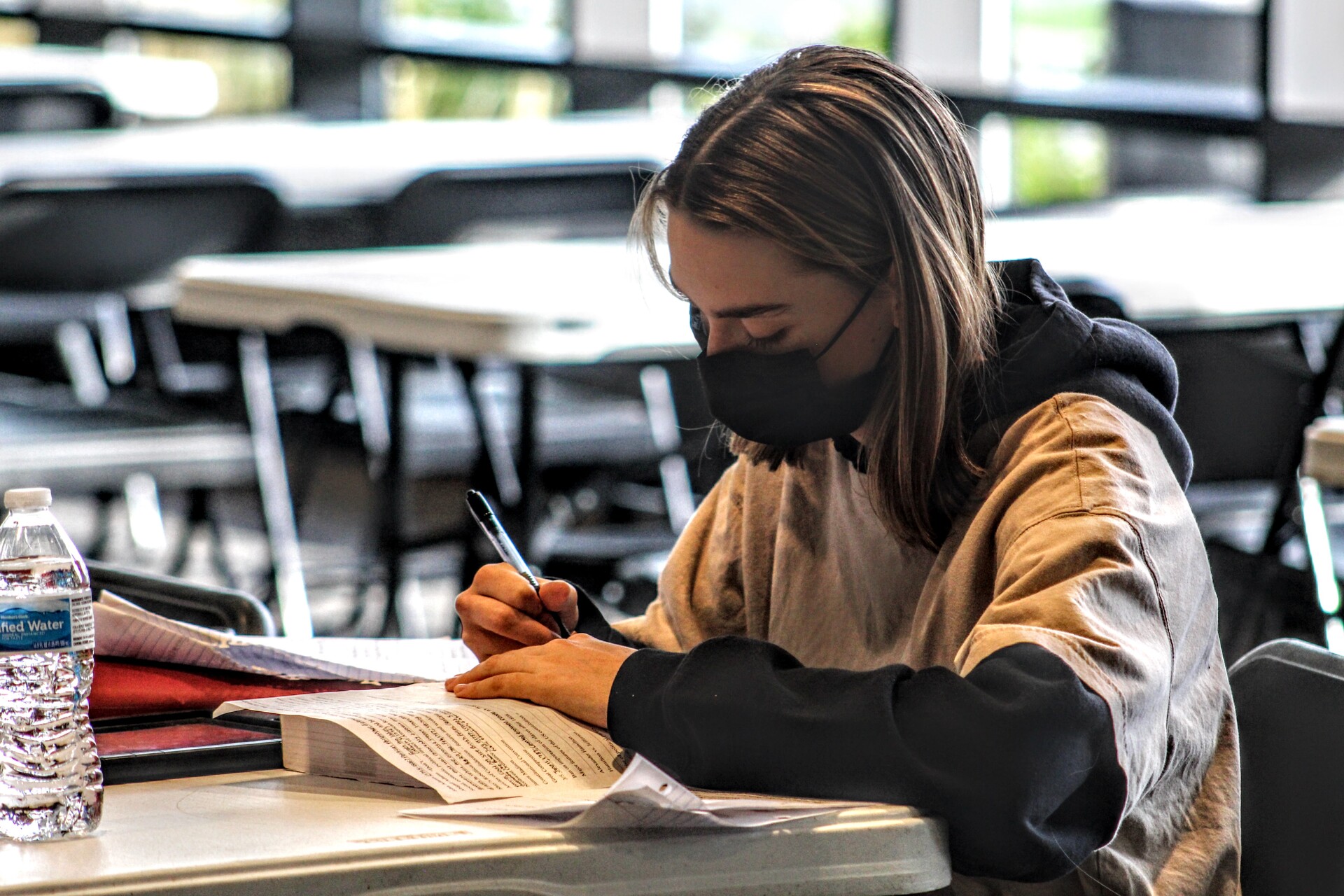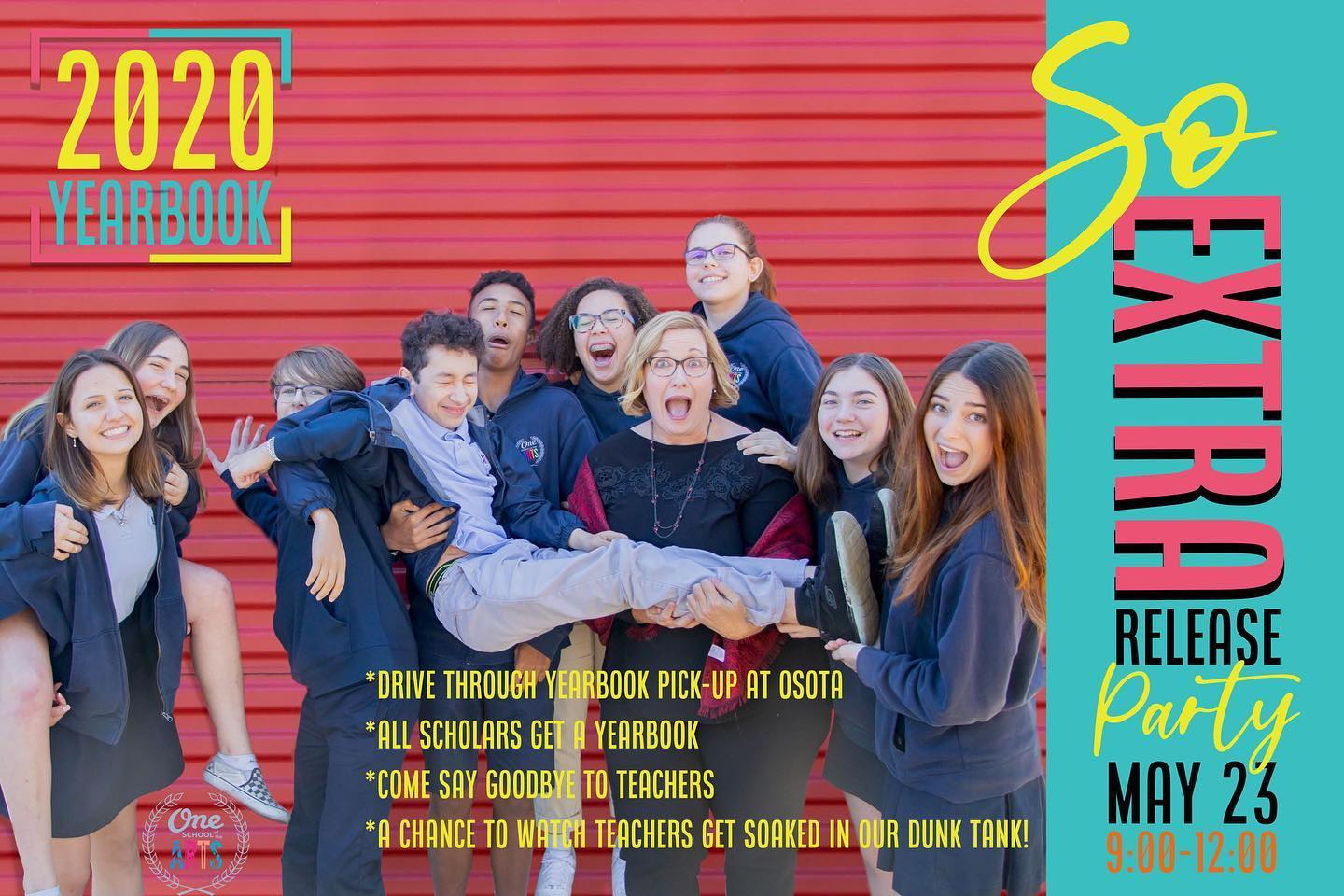Who doesn’t love a good folder hack? Utilizing a folder system for your staff to keep important documents will provide you and your team with a one-stop-shop for all things yearbook. Here are some essentials you need to consider for your staff folders. Folder Types Folders with pockets are ideal for this system since you will be storing sticky notes …
By Heather Rice, One School of the Arts, Longwood, Florida Your yearbook team worked hard to develop a theme, find a name, create amazing layouts and write captivating stories. Now how do you get your yearbook masterpiece into as many hands as possible? With many schools transitioning to a hybrid model of virtual and traditional schools, it’s time to get …
Journalistic writing style is different from writing done in English class and for business. To teach journalism style, you may incorporate the Associated Press Stylebook since it is the standard for journalists everywhere.
Few high school journalists have a keen understanding of libel law, but not knowing may put your publication and reputation at risk. Do study up on libel, but you can also use these five tips to remember the main points of how to avoid libel.
Using correct interview techniques will lead to better information from sources and therefore, better stories.
It’s a fact of life – students die. So do teachers. It is an emotional time for any school. But for publication staffs, emotions cannot rule your decisions. Your staff needs a clear policy so that all school deaths are handled equally, avoiding questions of favoritism.
Capturing sports photographically has always been one of, if not the toughest, assignment faced by any photographer. For some students, the challenge is welcomed. For others, just the word sports puts fear into their hearts. However, patience and practice can help any photographer become less afraid of the dreaded sports assignment.
There are many ways to tell a story, but to entice readers to linger over the yearbook copy, the best writers follow basic story-telling rules. Most of those rules revolve around the stories of the people in the school. The events may not change year to year, but the people do, and how they participate in and react to those events makes each year unique. Consider these basic points ofcopy writing to tell the story of those people.
Headlines set the mood and tone of a story, as well as hook the reader. As a rule, the main headline should be short and in present tense. If used, a secondary headline may be written in past tense, especially if it is placed after the main headline. The headline and lead paragraph should relate, but not repeat the same words. Now, consider these five ideas to generate greater reader interest.
“If your pictures aren’t good enough, you aren’t close enough.”
Robert Capa’s advice to photographers is just as true for those who create pictures with words instead of cameras. Rich Martin, managing editor of The Roanoke Times, Roanoke, Va., maintains if a story is not good enough, the writer is probably not close enough either. A photographer knows he has to move in close or use special lenses to get a photo that is good enough. But, how does a writer get ready for a close-up?


